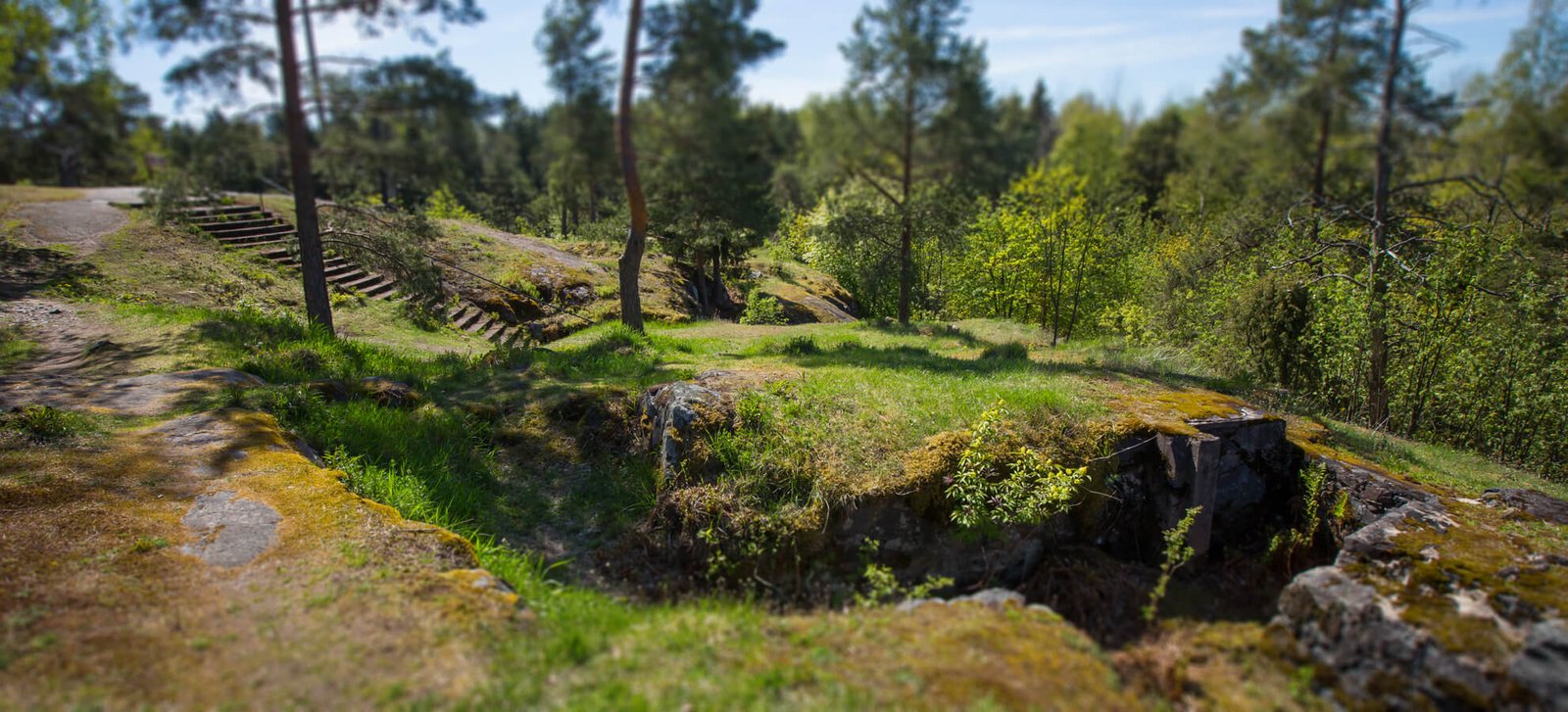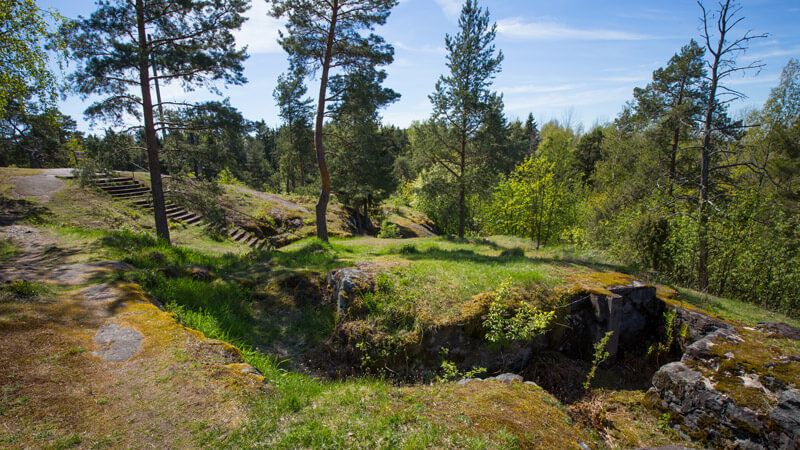Patterimäki Park lies within the streets Pajamäentie, Takkatie and Arinatie. To the south of the park is the Pajamäki residential neighbourhood and to the north the Takkatie industrial area. The park is bordered to the south by the green areas of Tali and to the west by the green areas of Espoo.
Patterimäki is a rocky forest-covered hill with a wide variety of trees of different ages. The park features fortifications from the First World War surrounded by a meadow that is rich in plant life. In springtime, for example, the rocky hill is bright red with the flowers of the Lychnis viscaria and Silene dioica. A popular playground is situated in the southeast corner of the park.
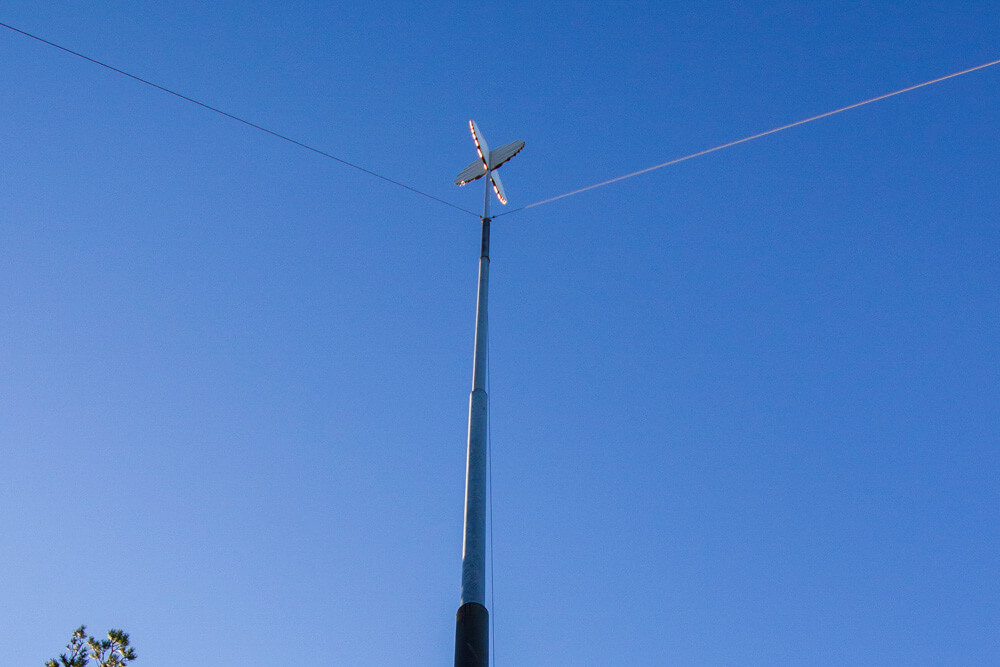
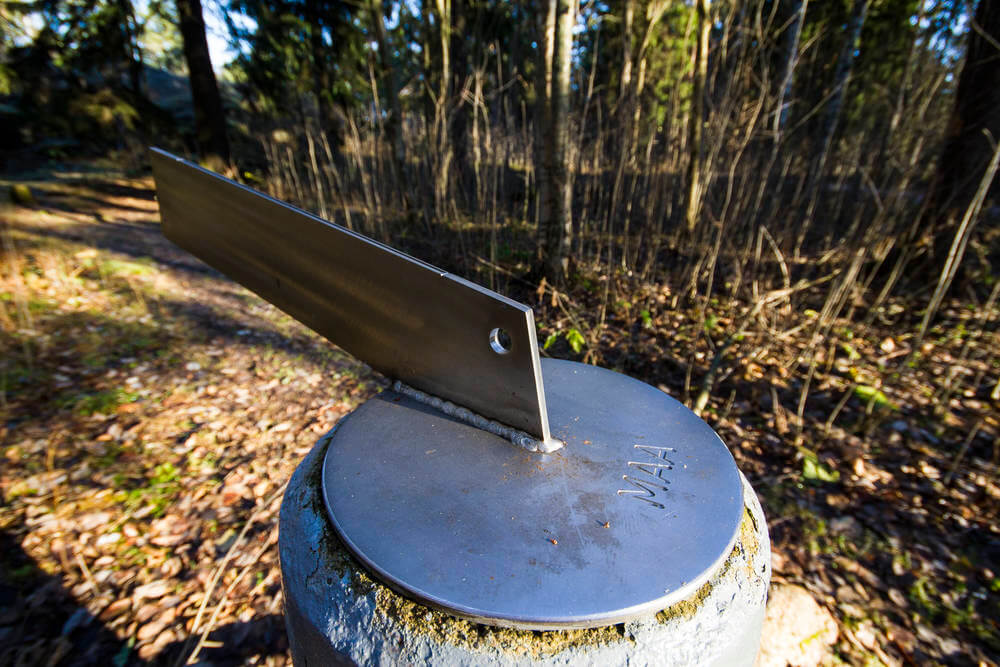
There is also a model of the solar system in the park that was erected by the Astronomical Association Ursa, with the sun situated atop a pole on the crest of the hill. The model was designed by Leo Sulamaa and built by Ursa in collaboration with the City of Helsinki. The model provides an illustrative picture of the structure and dimensions of our solar system. The scale of the model is 1:1 billion, so each millimetre corresponds to 1000 kilometres and each metre is equal to a million kilometres. The steel sun is 140 centimetres in diameter and placed atop a pole over 50 metres above sea level, so it can be seen through binoculars from the surrounding planets. The planets are situated, for example, at Talinhuippu, the eastern end of Pitäjänmäentie, and at Villa Elfvik in Espoo. The model is maintained by the City of Helsinki and Ursa, which also provides maps for viewing the model
Fortifications
During the First World War, a chain of fortifications was constructed around Helsinki as part of the defence system of the Russian capital, St. Petersburg. The fortifications on the Patterimäki hill are protected under the Antiquities Act. They include three covered trenches and a reinforced shelter that are fenced off for safety reasons. There are also open trenches around the hill, as well as concrete and stone batteries and shelters. The vegetation around the fortifications is cleared from time to time.

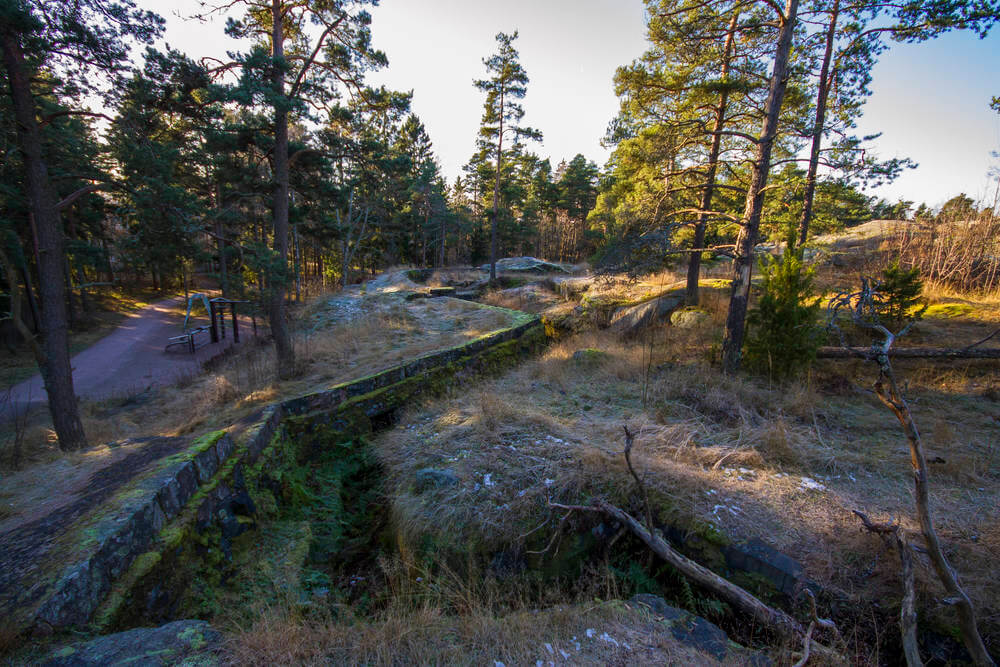
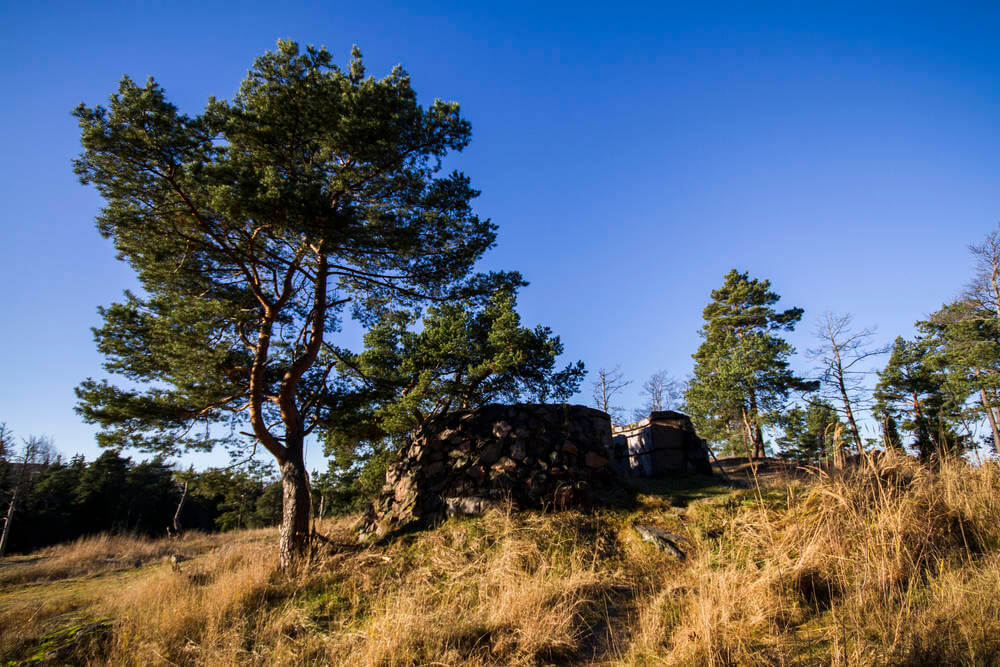
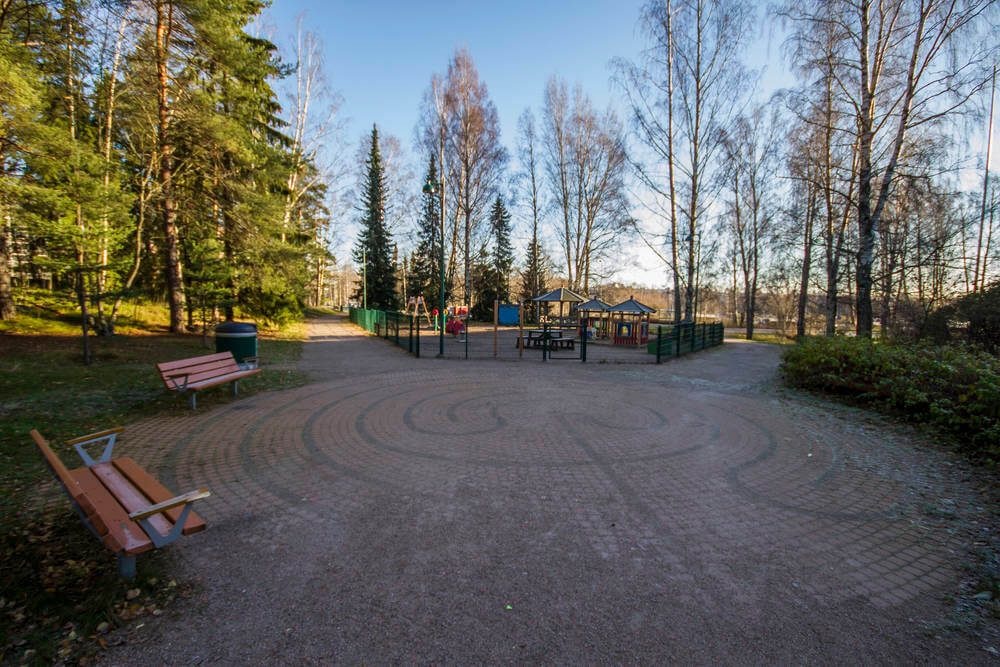
The fortifications at Patterimäki (literally “Battery Hill”) are part of Installation XXXV, Position 11, which was built between 1915 and 1917. The position consists of a network of trenches that were blasted from the rock and dug out of the ground in the middle section. Most of the trenches are reinforced with rectangular blocks of hewn stone. The total length of the trenches is 280 metres, and some of the connecting trenches are covered by concrete slabs. The batteries and reinforced shelters were built from stone or concrete. There are three types of batteries at Patterimäki: large A-type rifle positions, rectangular B-type positions and small rounded C-type positions. The covered batteries and shelters were later demolished, and only one stone shelter remains. Some of the batteries have also been filled in. There is also an anti-aircraft battery on the hill that was partly built on top of older fortifications in 1940. The fortifications are surrounded by diverse and rich meadow plants.
New playground
The playground in Patterimäki Park is in two parts, with a fenced section for younger children and an open area for older children. The two sections are separated by a round concrete mosaic with a labyrinth pattern. The fenced section has a sandbox, slide, baby swings and spring riders, as well as a canopy and benches.
The open area has a small space for ball games, a swing, a climbing frame and balancing frames. The surface of the paths and play areas is stone dust. The playground and paths leading to it are lighted. Hedges separate the playground from the adjacent residential area.
The public artworks between Pitäjänmäentie and the Tali allotment gardens originate from the Mätäjoki Environmental Art Project from 2001 and were designed by American artist William Dennisuk.

